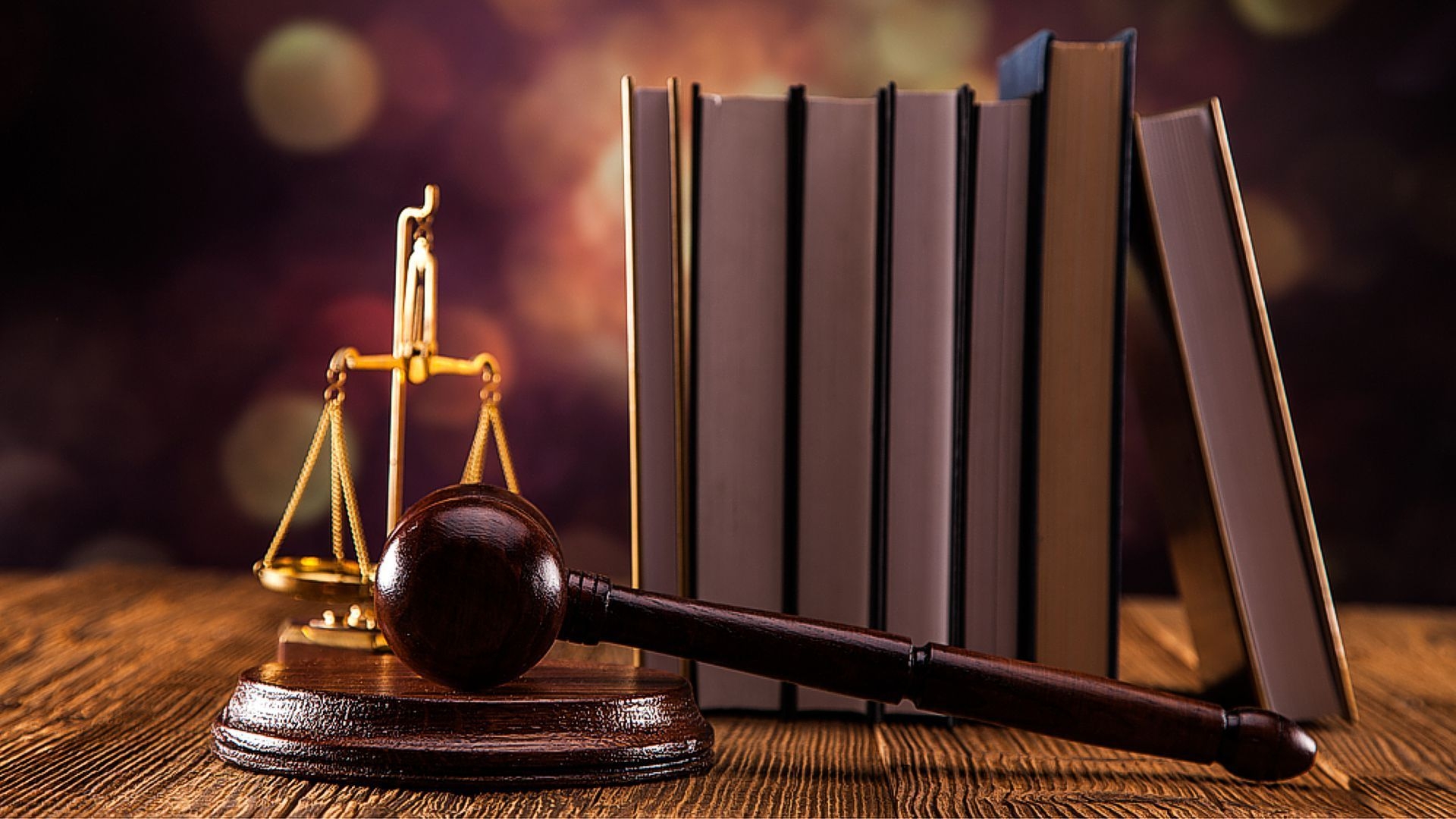The Interplay of Society and Law: Navigating the Complex Dynamics

In the intricate dance between society and law, each step influences the other, shaping the fabric of our collective existence. Society sets the stage, establishing norms, values, and expectations, while law acts as the conductor, orchestrating order and justice. Yet, this relationship is far from static; it is a dynamic interplay, constantly evolving in response to cultural shifts, technological advancements, and geopolitical changes.
At its core, society serves as the crucible of human interaction, where individuals coalesce to form communities, cultures, and civilizations. Within this framework, norms emerge organically, reflecting the shared beliefs, customs, and traditions of a given group. These norms, whether implicit or explicit, serve as the foundation upon which laws are built, embodying societal values and aspirations.
However, the relationship between societal norms and legal frameworks is not always harmonious. At times, societal evolution outpaces legal adaptation, leading to tensions and conflicts. Consider, for instance, the struggle for civil rights and equality throughout history. As society progressed towards greater inclusivity and justice, existing laws often lagged behind, perpetuating discrimination and injustice. In such instances, societal pressure becomes a catalyst for legal reform, compelling lawmakers to bridge the gap between aspiration and reality.
Conversely, the law also exerts a profound influence on society, shaping behavior, attitudes, and power dynamics. Through its regulatory function, the law establishes boundaries, delineating permissible conduct and sanctioning transgressions. This regulatory framework not only maintains order but also reflects and reinforces societal values. For example, laws protecting individual freedoms reflect a commitment to autonomy and human dignity, while laws prohibiting violence underscore society's condemnation of harm.
Moreover, the law plays a pivotal role in fostering social cohesion and stability. By providing mechanisms for dispute resolution and justice, it mitigates conflict and fosters trust in institutions. The existence of a robust legal system instills confidence in individuals, encouraging investment, innovation, and cooperation. Thus, law acts as a safeguard against the tyranny of the majority, ensuring that the rights of minorities are protected and upheld.
Nevertheless, the relationship between society and law is not without its complexities and contradictions. Legal systems often reflect power imbalances and societal inequalities, perpetuating injustices rather than rectifying them. Additionally, cultural diversity poses challenges to the universality of law, as norms and values vary across different communities and contexts. In a globalized world, this tension between cultural relativism and legal universalism becomes increasingly pronounced, requiring nuanced approaches to legal pluralism and cross-cultural dialogue.
Furthermore, the rapid pace of technological advancement presents novel challenges for both society and law. Emerging technologies such as artificial intelligence, biotechnology, and the internet are reshaping human interaction and governance, raising fundamental questions about privacy, accountability, and human rights. In this rapidly evolving landscape, legal frameworks must adapt swiftly to address emerging threats and opportunities, striking a delicate balance between innovation and regulation.
In conclusion, the relationship between society and law is a dynamic and intricate interplay, shaped by historical legacies, cultural dynamics, and contemporary challenges. While society provides the cultural context within which laws are conceived and interpreted, the law, in turn, regulates societal behavior and reflects its values and aspirations. Navigating this complex relationship requires continuous dialogue, adaptation, and a commitment to justice and human flourishing. As we chart the course forward, let us strive to create legal systems that not only reflect the diversity and complexity of human societies but also uphold the fundamental principles of equality, justice, and human rights.
- Arts
- Business
- Computers
- Jogos
- Health
- Início
- Kids and Teens
- Money
- News
- Recreation
- Reference
- Regional
- Science
- Shopping
- Society
- Sports
- Бизнес
- Деньги
- Дом
- Досуг
- Здоровье
- Игры
- Искусство
- Источники информации
- Компьютеры
- Наука
- Новости и СМИ
- Общество
- Покупки
- Спорт
- Страны и регионы
- World


